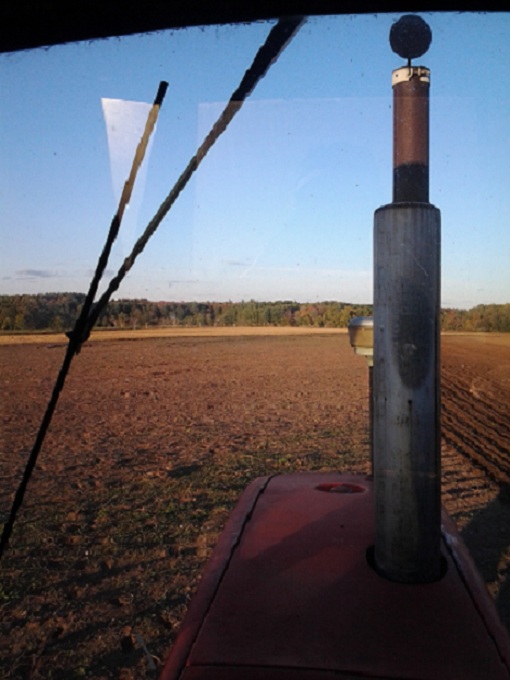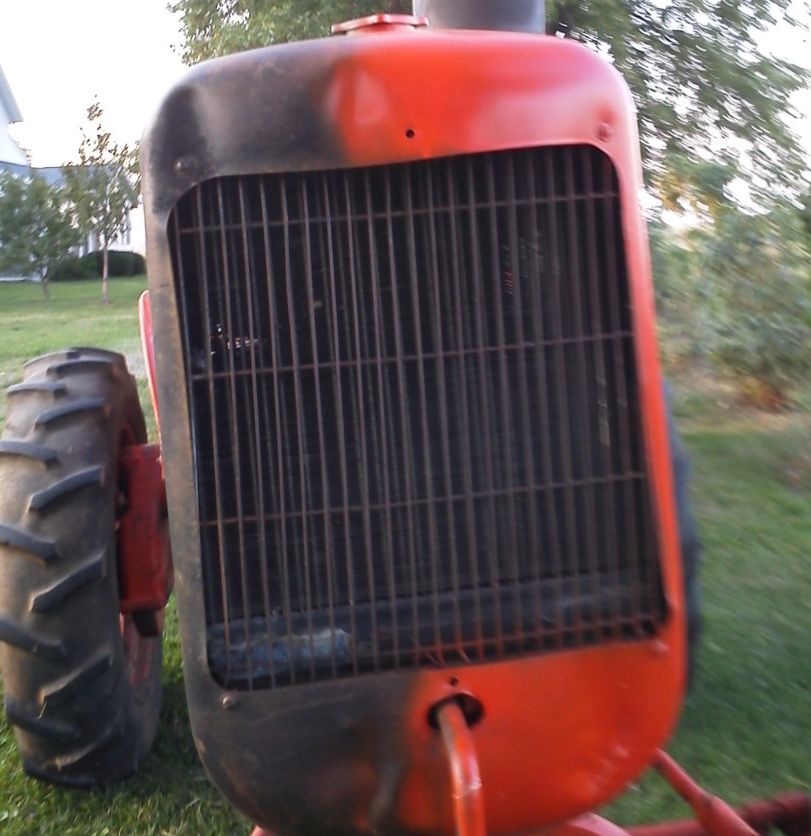The challenging thing about working with vacuum systems, is that the moisture content of anything IN the vacuum can have a dramatic effect on how effectively your system will be.
The general description of vacuum systems fall into three categories... 'low' vacuum, 'high vacuum', and 'ultra high vacuum'. What you're doing probably falls in the 'low vacuum' realm...
The difference between each range, has to do with what's really happening, and some vacuum generating systems are effective in low, some in medium, and some in high, but a high-vacuum pump will not be efficient or effective in low-vac circumstance, and a low-vacuum pump won't be effective at the high vacuum range.
low-vacuum pumping is generally referred to as 'roughing', and the distinguishing circumstance is moisture. At standard atmospheric pressure, water boils at 212F...
When water boils, it is changing from a liquid, into a gaseous state, and in the gaseous state, it occupies 1700 times' it's original volume. That means 1 cubic foot of water, expands to 1700 cubic feet of space.
When you take a volume of atmosphere, or some material that's been in atmospheric exposure, there's moisture.
Water boils at a much lower temperature when the atmospheric pressure is lower (pronounced 'in a vacuum'.). When you pull atmospheric air down to about 27 inches of mercury, water boils at room temperature. As you pull it down towards 30 inches, it drops rapidly to a boiling point of -90F.
When 'roughing', you'll pull a vacuum for a short time, and once you reach the point where moisture in the volume starts to boil off, the vacuum pump will just have to keep pulling volume, and you won't achieve any more vacuum UNTIL the water has all boiled off. This is why, if you're working on charging up a new air conditioning system, you'll have a roughing pump on the system, and it'll go from standard atmosphere to say... a half inch of mercury or so, and just stay at that level for two days. It SEEMS like nothing's happening, but in reality, moisture inside all that plumbing is boiling off, and getting pulled out slowly by the roughing pump. Eventually, if there's no 'leaks', pressure will start dropping again, and you'll get into the 'high vacuum' range.
Without knowing more about your setup, I can only guess that your system has lots of volume, and lots of moisture with which to contend. If that's the case, running two roughing pumps in series (one through the other) gains you nothing, but if you run two in parallel, you might be able to increase your evacuation RATE, at least, until you reach a pressure limit.
Your pump's pressure limit is a combination of it's design efficiency/capacity, and it's ability to stay sealed. IF you have an oil seal on the pump's rotor shaft, and that seal starts leaking oil into the vacuum chamber at say... 3in-Hg, then you'll have very little ability to pull it down farther.









 Topic Options
Topic Options

 Post Options
Post Options Thanks(0)
Thanks(0)




 mdm1 wrote:
mdm1 wrote: